The Unique Benefits of T4T (Trans for Trans) Relationships
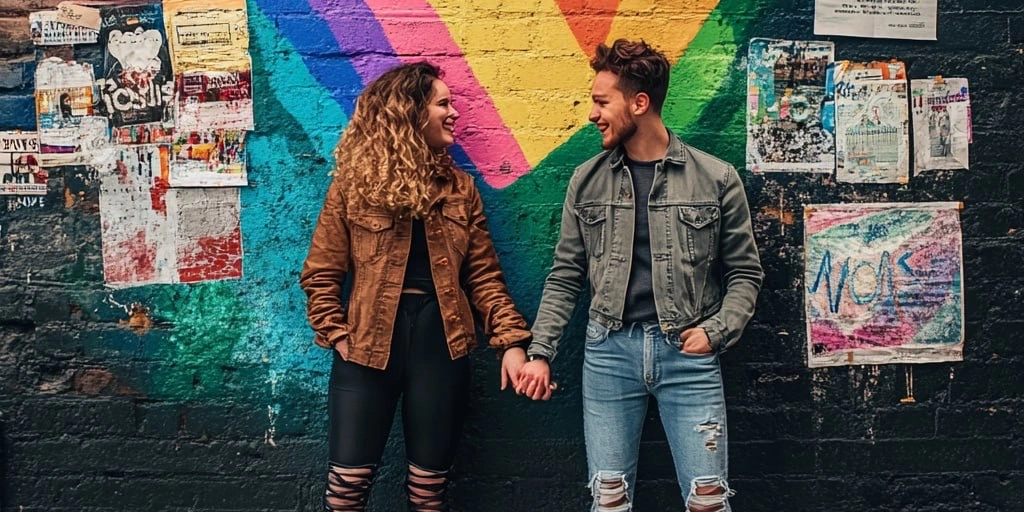
Olgha Rybak (she/her) is Fiorry's Chief Editor, where she executes and operates in a writer, editor, and content creator capacity. At university, she studied English language and literature but found she loved psychology almost as much. Olgha is an industrious content creator as well as a committed team leader, with a unique perspective into the complicated nooks and crannies of human behavior and communication. As a hobby, Olgha translates literature, passionately reading and seeking out stories that she'll be completely absorbed by.
Key Takeaways
T4T (trans-for-trans) relationships are romantic or sexual partnerships between transgender people. If you’re unfamiliar with the term, here’s what T4T means. These relationships offer something rare—shared experiences rooted in gender identity, transition, and navigating the world as trans people.
In a T4T relationship, both partners often understand the physical, emotional, and social aspects of being trans. That shared foundation builds safety, solidarity, and deep emotional connection. It’s not just about love or sex—it’s about being seen, affirmed, and celebrated without needing to explain yourself.
Many T4T couples also collaborate creatively through art, music, or mutual community care. This article explores how T4T relationships strengthen intimacy, affirm identity, and support trans communities.
Shared Understanding and Empathy
One of the strongest features of a T4T couple is their shared experience of gender transition. Both partners often know what it means to experience gender dysphoria, navigate the healthcare system, deal with cisgender people, or face discrimination. That familiarity builds an immediate layer of empathy.
In other types of relationships—especially when dating cis people—a trans person may spend emotional energy explaining their feelings, body, or history. But in a T4T relationship, there’s less need for constant clarification. That energy can instead be redirected into creative collaboration—songwriting, painting, or starting a zine with another trans artist.
This mutual understanding also means that both people recognize when the other is emotionally drained, especially from public interactions or hostile environments. There’s often an unspoken language between trans folks who have walked similar paths. That closeness can become a wellspring for creative expression, where the couple transforms shared experiences into work that speaks for the community.
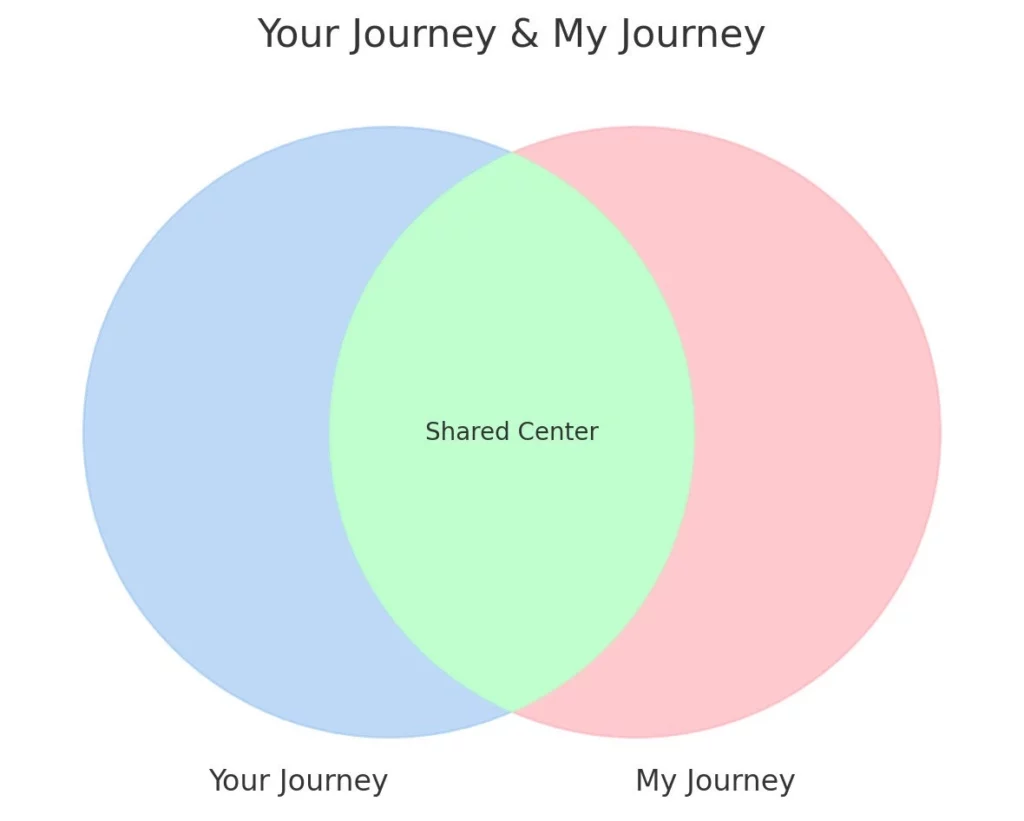
Emotional Intimacy
Emotional intimacy grows faster when both partners validate each other’s gender identity, giving the relationship a deeper meaning. Being seen and affirmed by another trans person can accelerate trust and vulnerability. In these relationships, people often feel secure sharing personal stories, fears, dreams, and expressed interests, knowing that their partner values and nurtures them.
This sense of safety extends to creative work. In a T4T relationship, partners are more likely to share their first sketch, rough demo, or unfinished poem without fear of being misunderstood. That kind of openness fuels stronger artistic collaboration and helps both people grow in love and their creative pursuits.
When two trans people support each other in this way, they build a relationship rooted in radical honesty and mutual respect. They become each other’s editors, bandmates, co-curators, and biggest fans.

Mutual Affirmation of Identity
In a T4T relationship, seeing your partner move through the world confidently can reinforce your own sense of self-worth. Whether you’re walking down the street, standing at an open mic night, or connecting with other community members, witnessing someone you love express themselves as a transgender person validates your right to do the same.
This kind of affirmation isn’t abstract—it shows up in real ways. For example, many T4T couples co-organise art shows, collaborate on performance pieces, or curate trans-themed music nights. Their combined visibility amplifies the presence of trans communities in spaces where they’ve often been ignored.
Being with someone who shares your gender journey and affirms your expression helps you feel more secure—not just as a person in a relationship, but in embracing your own gender identity, whether as an artist, performer, or activist.
It can transform everyday living into an act of trans solidarity.

Community Building and Social Support
T4T relationships create extended support networks, forming chosen families of trans friends, artists, and allies. This is especially important for trans and non-binary people, providing easier access to trans-friendly venues, galleries, and festivals.
With a partner who understands these spaces, finding the right environments—whether a queer open mic, a mutual aid fundraiser, or a trans-respecting studio—becomes simpler and safer. These partnerships also offer emotional resilience, with each partner instinctively knowing how to support the other, whether it’s attending protests, handling housework, or offering silent support when needed.
The T4T flag symbolizes solidarity and community. Displaying it in shared spaces fosters connection and encourages others to join the movement.

Looking to connect with others who share your journey? Find trans people near you and grow your community with ease.
Safe Spaces in Art and Culture
Many T4T couples work together to create or advocate for inclusive spaces—places where other trans folks feel welcome and safe to express themselves. This could be as simple as starting a community radio show or helping a Black trans person host their first exhibit.
Their joint presence lends credibility and momentum to grassroots projects. For example, a couple might help launch a trans-run gallery, book shows for trans DJs, or organize workshops on self-love and survival. These actions ripple out, making the broader creative world more inclusive and aligned with trans rights and visibility.
In doing so, they model what community care looks like in practice—not as a buzzword, but as a lived commitment to mutual survival and expression.
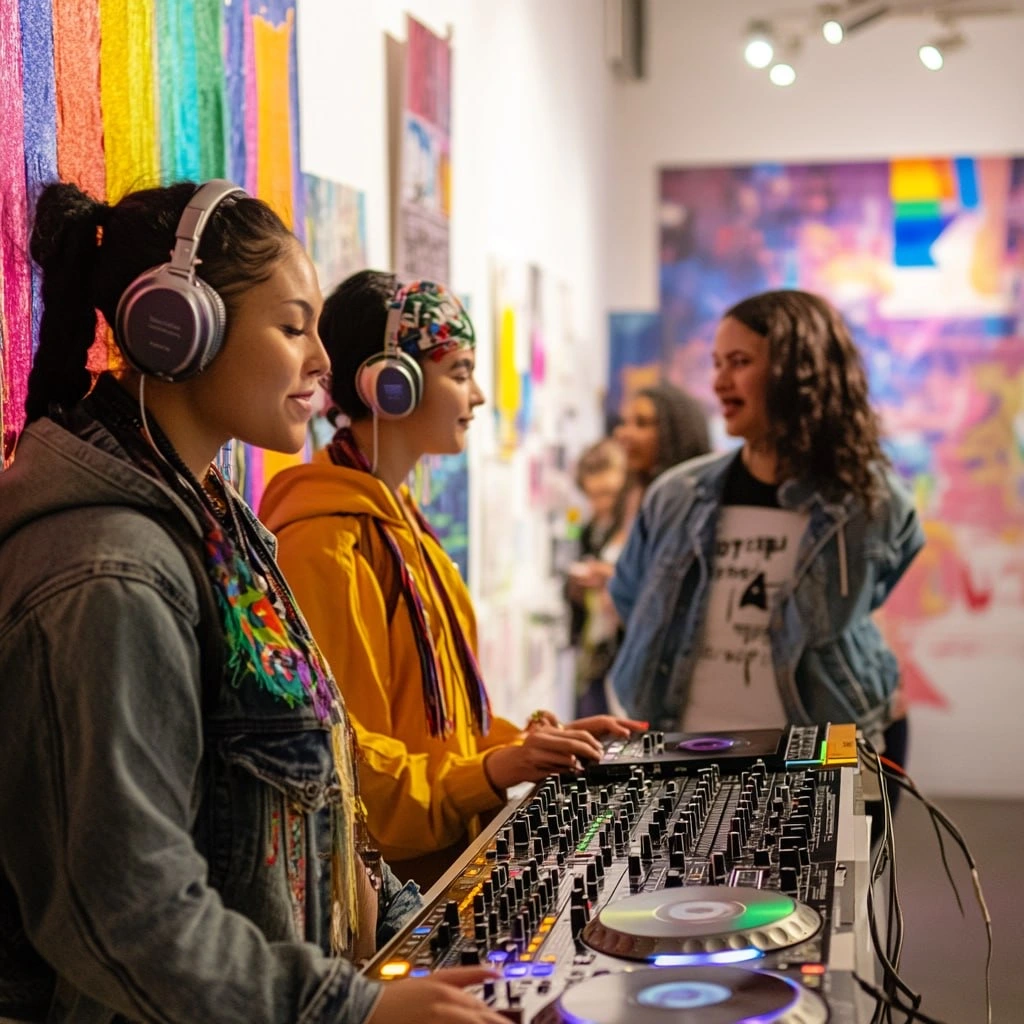
Navigating Transition Together
In T4T relationships, both partners often find themselves at similar stages in their gender journey. This shared path makes navigating the medical, legal, and emotional aspects of transition more manageable. From choosing affirming healthcare providers to attending hormone therapy appointments together, these partnerships streamline what can otherwise be an isolating process.
Pooling knowledge about gender identity, insurance coverage, and legal documentation—such as name or gender marker changes—saves time and reduces stress. Instead of spending hours explaining forms to a partner unfamiliar with trans experiences, both partners intuitively understand the process. This ease frees up emotional space for co-creating art zines, working on a photo series, or even recording a concept album that explores trans existence.

Shared Healthcare Journeys
Partners in T4T couples often become each other’s researchers, cheerleaders, and advocates. They compare notes on surgeons, hormone protocols, and healing timelines. This kind of support transforms what might feel like an overwhelming solo project into a collaborative journey.
Some trans people even document these experiences through storytelling—creating comics about hospital visits, shooting short films based on dysphoria diaries, or compiling photo essays on physical transformation. When both partners contribute to the narrative, the result is deeply authentic, emotionally grounded, and rich with shared experiences.

Celebrating Creative Expression
T4T relationships thrive not only on mutual support but on genuine enthusiasm for each other’s creative output. These couples often attend each other’s gallery openings, promote work on social media, or co-manage websites that center trans voices. Whether it’s a film, poem, or digital art piece, the feedback comes from someone who truly understands the layers of gender, memory, and body behind the work.
This deep engagement strengthens artistic practice, reinforces confidence, and often leads to lasting cultural contributions rooted in trans history and identity.

Trans people are creators. We are designers of ourselves, of our lives, and of our futures

Collaborative Art Projects
One common dynamic in T4T couples is creative symbiosis. For instance, one partner might focus on painting while the other writes poems to accompany the visuals. Some curate exhibits together, ensuring that the narrative remains cohesive and reflects their joint trans experiences.
These projects often tackle themes like gender dysphoria, self love, or navigating popular culture as trans people. The emotional intimacy between partners makes it easier to tackle raw themes and present them publicly.

Musical Co-creation
Music is another fertile ground. Some T4T couples form bands or creative duos. They co-write songs about queer love, remix each other’s tracks, or host podcasts that uplift transgender voices in the music scene.
These collaborations expand what trans music can sound and feel like—whether it’s synth-heavy protest anthems, soft folk ballads, or raw punk. From Black trans women reclaiming hip-hop to trans men pushing into punk scenes, T4T partnerships help reshape genres that have often overlooked non-binary people, Black trans people, and other marginalized communities. The result is music grounded in lived truth and mutual inspiration.

Resilience Against Stigma
Trans folks face systemic oppression daily—from cisgender people, institutions, and sometimes even from within the LGBT community. In T4T relationships, partners find strength in numbers. They debrief microaggressions, prepare for tough family conversations, and support each other after encounters with discrimination.
More than emotional buffering, this resilience often takes creative form. One partner might channel anger into spoken word, while the other films a performance protest. Together, they transform trauma into culture—producing zines, installations, or songs that speak directly to the pain and pride of trans existence.
This shared stance against stigma fosters not just healing but purpose. It turns survival into resistance and resistance into art.
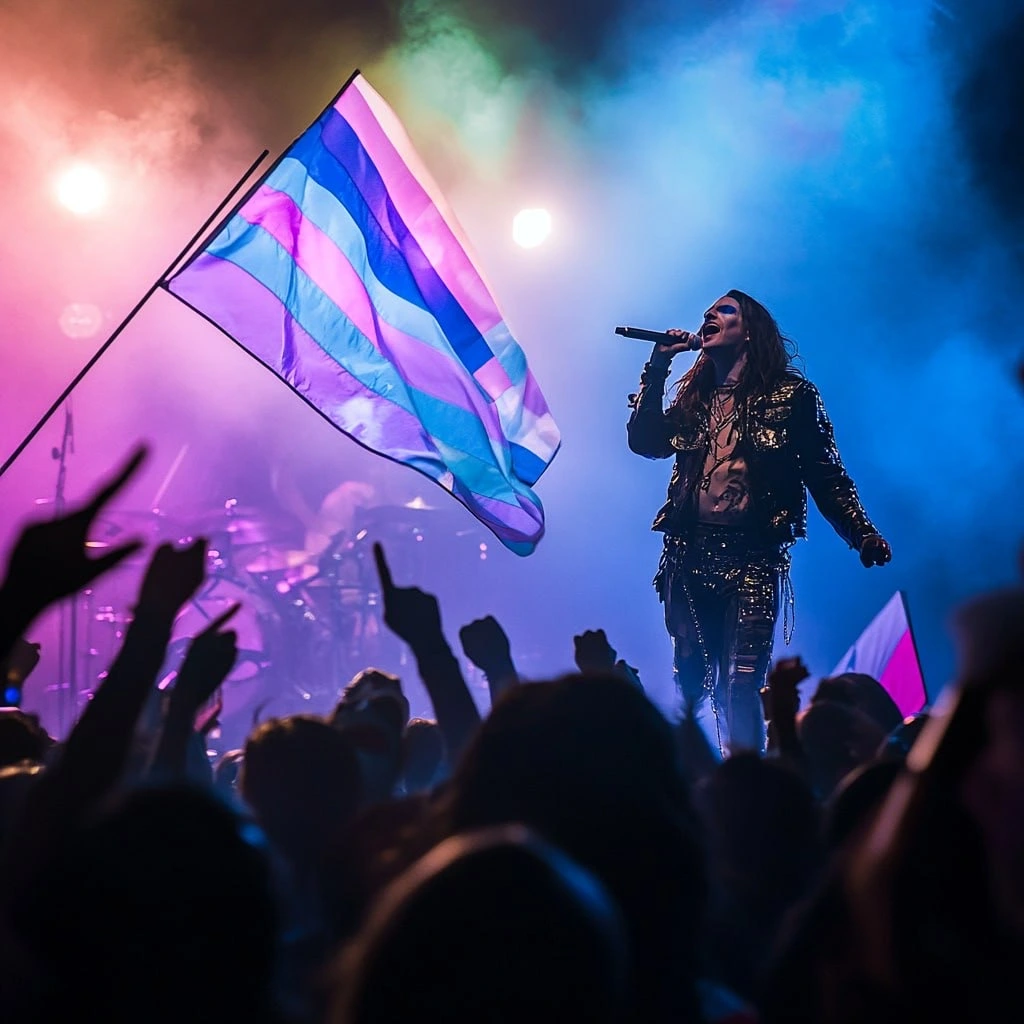
Want to understand more about how being in a trans-for-trans relationship empowers both partners? Read more on the advantages of dating a trans woman to see how these dynamics help both partners thrive in the face of adversity.
Conclusion
T4T (trans-for-trans) relationships offer more than emotional connection—they create spaces of shared empathy, practical support, and deep mutual understanding. Partners navigate gender transitions together, co-build community, and provide each other with affirmation that’s immediate and intuitive.
These relationships also fuel creativity. By collaborating on art, music, and cultural projects, T4T couples bring authentic trans experiences into the spotlight. Their resilience and solidarity not only strengthen personal well-being but also enrich broader creative spaces with powerful, lived perspectives.
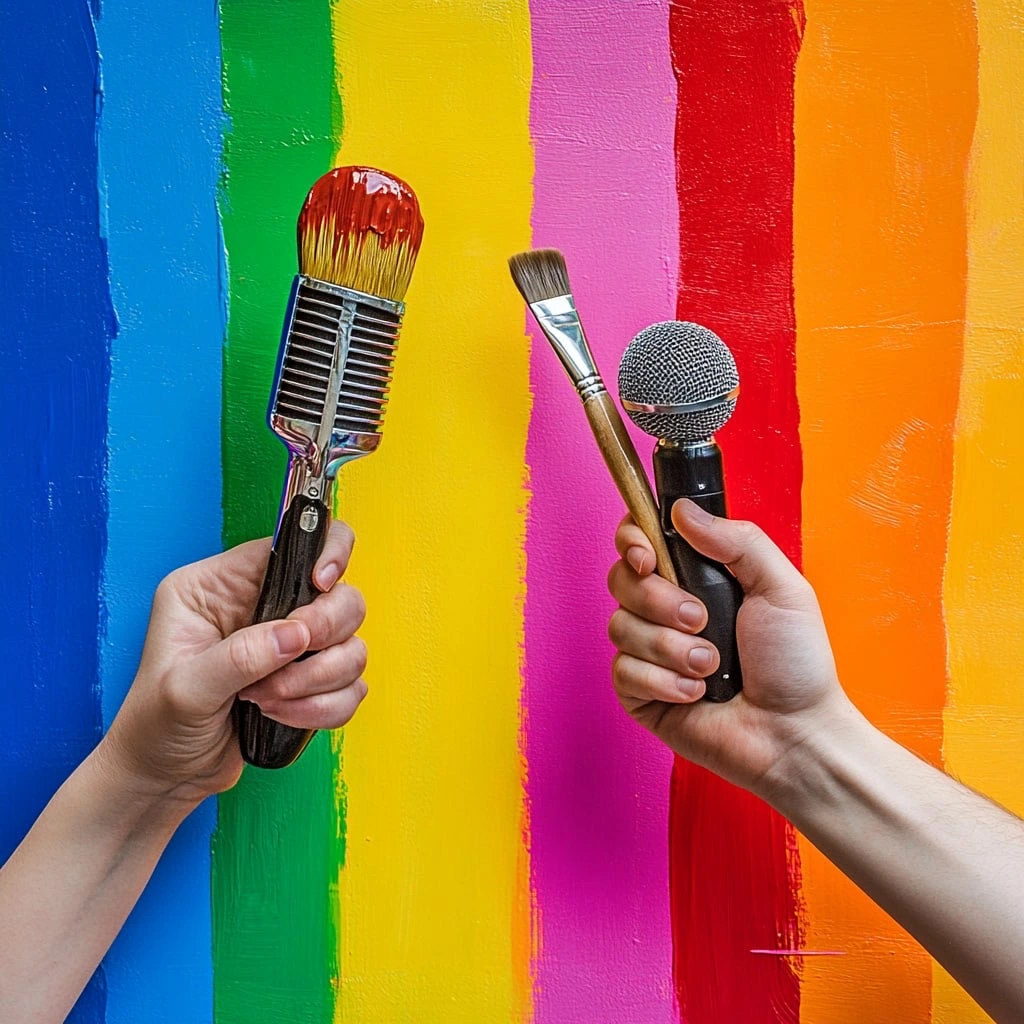
Looking to build deeper connections with people who truly understand you? Try a trans dating site like Fiorry—where your identity is seen, respected, and celebrated.
FAQ
Q: Can non-binary people be in T4T relationships?
Yes. T4T includes non-binary, genderqueer, agender, and other gender-diverse identities. It’s about trans solidarity, not strict categories.
Q: Why do some trans people prefer T4T relationships?
Because they offer a deep sense of understanding, affirmation, and emotional safety. Many trans people find comfort in not having to explain their experiences to someone who’s never lived them.
Q: Do T4T relationships face less stigma?
Not necessarily. While partners may feel safer together, they still face external stigma and systemic oppression. The difference is in how they support each other through it
Time to read: 9 min.






Trans rights activist
Janet Mock
Being trans is a journey, and it can be a beautiful journey when you connect with people who see you and celebrate you for who you are